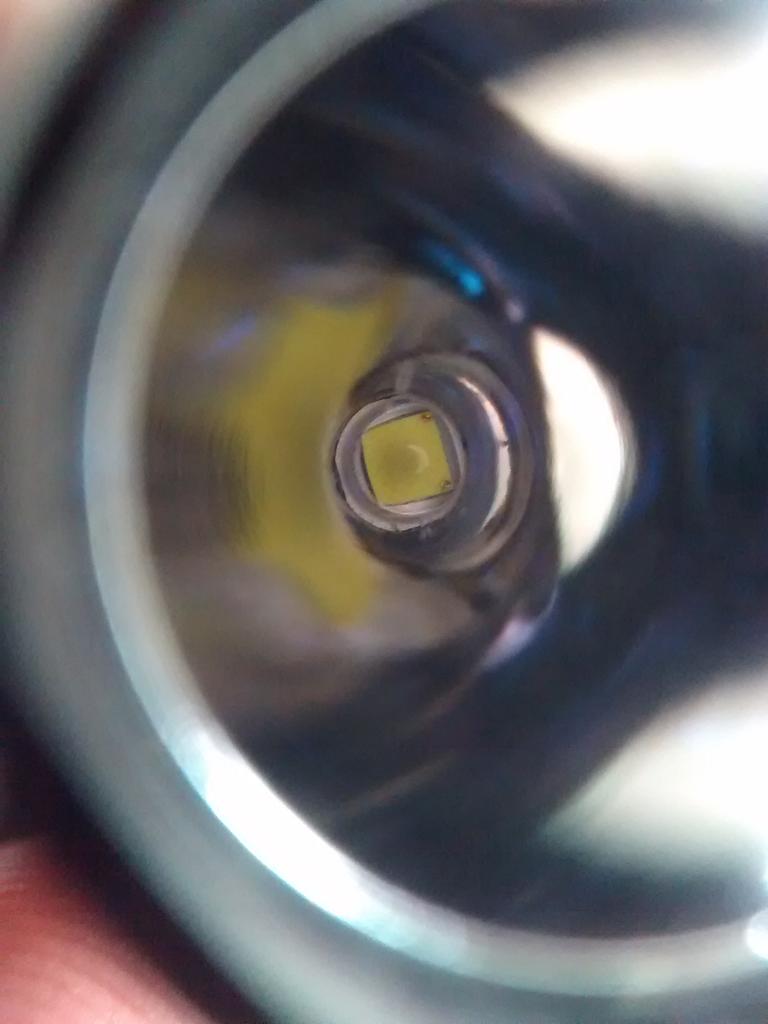If you are not building a hardcore gaming computer, then some "Value" RAM modules can be enough. The modules (if made by well known brands like Corsair, G.Skill, ...) are still high quality but does not feature any heatspreader, from my own experiments those heatspreaders are not mandatory as RAM modules does not create much heat.
Though heatspreaders are usually cool and good looking: If you have some old modules with ones, why not swapping them to the newly bought modules?
Removing the Heatspreaders from old modules
Disclaimer: your warranty is now void!
Get the modules, find the metal clips (on my G.Skill modules, they are not painted). Lift one with your finger nail: it should jump easily.
Repeat for the second clip.
Swapping Modules
The tricky part
NB: Don't forget to remove the label from the new modules (
this voids warranty.)
On my Corsair modules the labels could be easily removed without tearing: i reused them later.
Once the clips are gone, the heat spreader will unfold open. It's time to swap the RAM modules:
/!\ Be extremely careful on the side facing you ==> the labelled side is ALWAYS looking toward the CPU on ATX Motherboards
- Once roughly adjusted, fold back.
- Make sure to adjust the Heatspreader position without tearing or wearing the heat-pad (grey part on the picture), do not press it to tight either.
- place the clips back in place: you should hear a "click" and the clips should be in the state they were before unfolding.
If the labels survived the swap, then add them back to the heatspreader to identify the "CPU-looking" side of the modules. You can also use any other way to ease one-sight identification.
You now have your brand new value modules skinned as higher class ones, they won't reach a much lower CAS Latency, but might be able to support some more overclocking.
And... they simply look cool if not
cooler than before
































